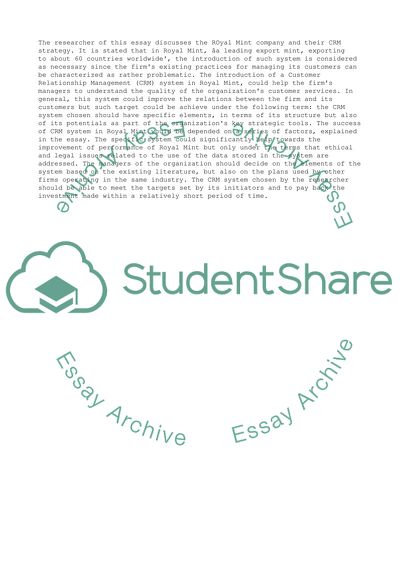Cite this document
(“The Royal Mint London 2012 Olympic Souvenir Coins Essay”, n.d.)
The Royal Mint London 2012 Olympic Souvenir Coins Essay. Retrieved from https://studentshare.org/management/1585568-the-royal-mint-london-2012-olympic-souvenir-coins
The Royal Mint London 2012 Olympic Souvenir Coins Essay. Retrieved from https://studentshare.org/management/1585568-the-royal-mint-london-2012-olympic-souvenir-coins
(The Royal Mint London 2012 Olympic Souvenir Coins Essay)
The Royal Mint London 2012 Olympic Souvenir Coins Essay. https://studentshare.org/management/1585568-the-royal-mint-london-2012-olympic-souvenir-coins.
The Royal Mint London 2012 Olympic Souvenir Coins Essay. https://studentshare.org/management/1585568-the-royal-mint-london-2012-olympic-souvenir-coins.
“The Royal Mint London 2012 Olympic Souvenir Coins Essay”, n.d. https://studentshare.org/management/1585568-the-royal-mint-london-2012-olympic-souvenir-coins.


